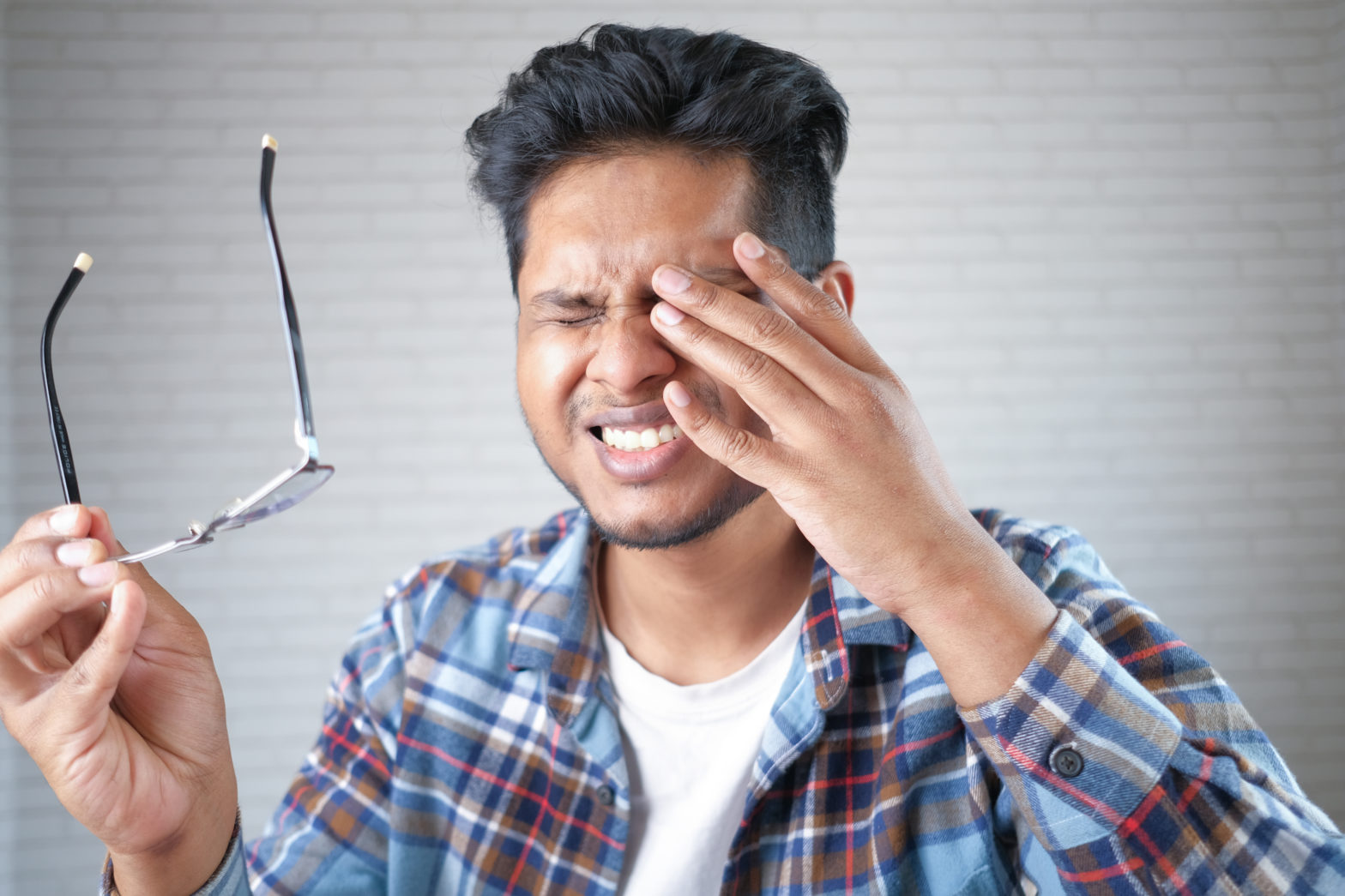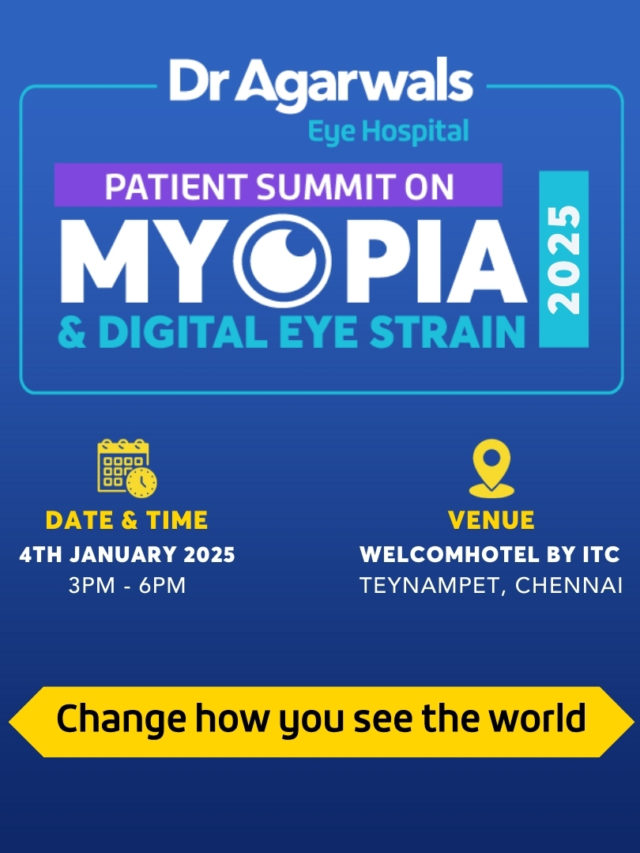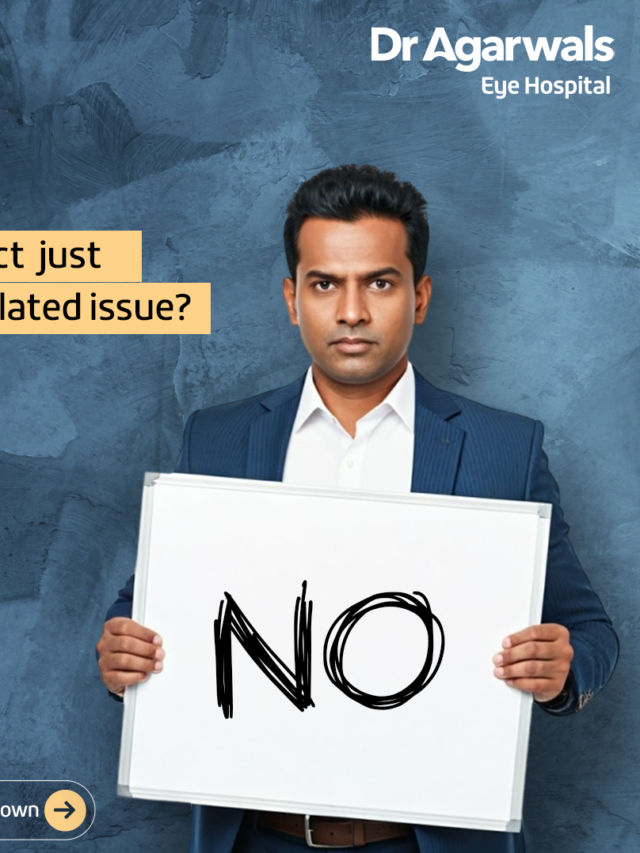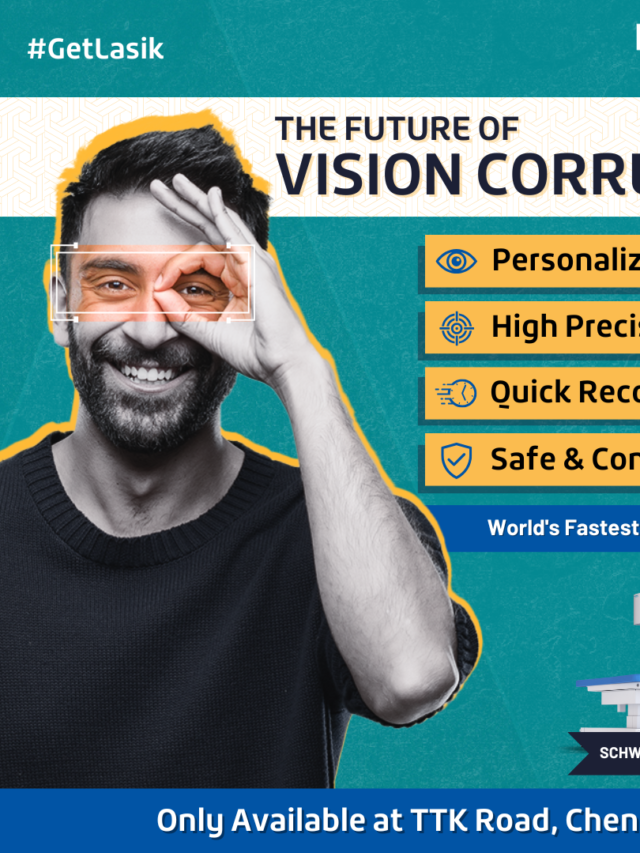Have you ever winced at the bright sunlight or struggled with the glare of your smartphone screen? For those with photophobia, these moments can be more than just uncomfortable – they can be truly debilitating. Photophobia, or light sensitivity, is not a condition in itself but a symptom of various underlying health issues. This blog dives deep into the causes, symptoms, and management options for photophobia, helping you understand how to regain control over your life in a world filled with light.
What is Photophobia?
Photophobia, derived from the Greek words “photo” (light) and “phobia” (fear), literally means “fear of light.” It’s not a fear in the traditional sense but rather an extreme sensitivity to light. People with photophobia may find themselves squinting, tearing up, or even experiencing pain when exposed to bright lights. It can affect anyone and may range from mild discomfort to severe intolerance of any light source, including natural sunlight, fluorescent bulbs, and digital screens.
Causes of Photophobia
Understanding the root cause of photophobia is key to managing it effectively. Here are the most common causes:
1. Eye Disorders
- కార్నియల్ రాపిడి: Damage to the cornea can make eyes more sensitive to light.
- డ్రై ఐ సిండ్రోమ్: Reduced tear production leads to irritation and light sensitivity.
- కంటిశుక్లం: Clouding of the lens can cause glare and photophobia.
- యువెటిస్: Inflammation of the eye’s middle layer often results in sensitivity to light.
2. Neurological Conditions
- Migraines: One of the most common triggers of photophobia, migraines often amplify sensitivity to light.
- Traumatic Brain Injuries (TBI): Damage to the brain can disrupt normal light processing, leading to photophobia.
- Meningitis: Inflammation of the brain and spinal cord membranes can cause severe light sensitivity.
3. Medical Conditions
-
- Albinism: Lack of pigmentation in the eyes makes them highly sensitive to light.
- Aniridia: Absence of the iris reduces the eye’s ability to control light intake.
- Chronic Fatigue Syndrome: This condition often heightens sensory sensitivities, including to light.
4. Medications and Substances
-
- Certain medications, such as antibiotics (e.g., tetracycline) and diuretics, can increase light sensitivity.
- Recreational drugs, including amphetamines and cocaine, may also trigger photophobia.
5. Environmental and Lifestyle Factors
-
- Prolonged exposure to screens and artificial lighting can lead to digital eye strain and photophobia.
- Excessive UV exposure without adequate eye protection may exacerbate sensitivity.
Symptoms of Photophobia
Recognizing the symptoms of photophobia is crucial for timely intervention. Common symptoms include:
- Discomfort or pain in the eyes when exposed to light.
- Squinting, even in moderately bright conditions.
- Tearing up excessively.
- Headaches or migraines triggered by light.
- Nausea or dizziness in extreme cases.
Diagnosis of Photophobia
A thorough examination by an eye care professional is essential to diagnose photophobia. During your visit, the doctor may:
- Review your medical history.
- Conduct a comprehensive eye examination.
- Perform neurological tests if a brain-related cause is suspected.
- Recommend imaging tests, such as MRIs, in severe cases.
Management Options for Photophobia
While photophobia can be challenging, there are various ways to manage and even alleviate its impact on your daily life. Here are some effective options:
1. Treat Underlying Conditions
Addressing the root cause of photophobia is the first step. For instance:
- Use prescription eye drops for dry eye syndrome.
- Treat migraines with preventive medications and lifestyle changes.
- Manage uveitis with anti-inflammatory drugs.
2. రక్షణ కళ్లజోడు ధరించండి
- Sunglasses: Polarized sunglasses can reduce glare and provide relief.
- Specialty Lenses: FL-41 tinted lenses are designed to filter out harsh light and are particularly helpful for migraine sufferers.
- Blue-Light Blocking Glasses: These can minimize strain caused by digital screens.
3. Optimize Your Environment
- Dim indoor lighting by using curtains or blinds.
- Replace fluorescent bulbs with warm, soft lighting.
- Use screen filters and adjust the brightness on electronic devices.
4. Adopt Healthy Habits
- Take regular breaks during screen time to follow the 20-20-20 rule: Look at something 20 feet away for 20 seconds every 20 minutes.
- Stay hydrated and maintain a balanced diet rich in omega-3 fatty acids and vitamins A and D, which promote eye health.
- Wear wide-brimmed hats or caps outdoors to shield your eyes from direct sunlight.
5. Consider Therapeutic Interventions
- Cognitive Behavioral Therapy (CBT): For those whose photophobia is linked to anxiety or migraines, CBT can help.
- Light Therapy: Gradual exposure to light can desensitize the eyes over time.
6. Medications
- Over-the-counter pain relievers can help manage photophobia linked to headaches.
- Prescription medications like beta-blockers or anti-seizure drugs may be recommended for chronic migraine-related photophobia.
Lifestyle Tips for Coping with Photophobia
Living with photophobia doesn’t have to be overwhelming. Here are some simple yet effective lifestyle tips:
- Always carry a pair of sunglasses.
- Use apps that offer dark mode settings on your devices.
- Practice stress management techniques like meditation and yoga to prevent migraine triggers.
- Keep a diary to track triggers and identify patterns in your photophobia episodes.
వైద్యుడిని ఎప్పుడు చూడాలి
If photophobia persists or significantly affects your quality of life, it’s time to seek professional help. Warning signs that warrant a doctor’s visit include:
- Severe eye pain.
- Blurred or double vision.
- Persistent headaches or nausea.
- Sudden onset of photophobia with no apparent cause.
Photophobia can feel like a relentless challenge in a world where light is unavoidable. However, with the right knowledge, diagnosis, and management strategies, it’s possible to lead a comfortable life. Whether it’s wearing the right sunglasses, treating an underlying condition, or adjusting your lifestyle, every step you take toward managing photophobia brings you closer to relief. Remember, your eyes are precious – take care of them, and they will take care of you.








